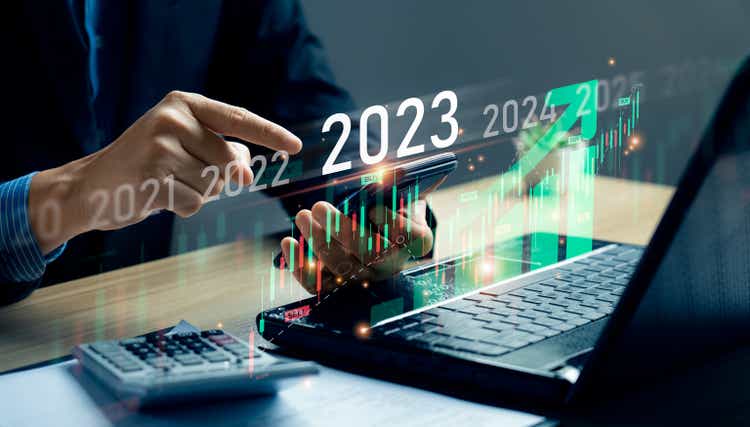Shutthiphong Chandaeng/iStock via Getty Images
By Evan Peterson
At A Glance
- Risk factors are evolving, but top economists say some of the major economic forces of 2022 will last well into 2023.
- China’s shift in COVID policy could have a lasting impact across asset classes.
Market risks do not automatically change with the arrival of a new year. The macroeconomic conditions that affected commodity and financial markets in 2022 persist today. However, many of those conditions are slowly changing – inflation is easing, supply chains are improving and the energy landscape is in transition. The factors that will shape markets in 2023 are forming now.
To get a sense of the risk environment in the months ahead, we asked four top economists their take on one major risk they are watching in the early days of 2023. These are their responses.

George Magnus, Economist, Author; Associate at Oxford University’s China Centre
“For me, the biggest macroeconomic risk in 2023: China’s reopening is a fleeting experience.
Once the ebbing omicron wave allows Chinese citizens to feel comfortable again about social engagement, we should see a decent bounce in consumption, even property transactions, and business investment will be momentarily buoyed. But the systemic headwinds blowing through China’s economy, spanning low debt-bearing capacity, poor demographics, overbuilt real estate and falling prices, stalled productivity, extremes of inequality, poor job and income structure, and weak governance will not allow the post-zero covid bounce much breathing space.”

Dana Peterson, Chief Economist, The Conference Board
“Inflation remains the greatest threat to the global economy in 2023. While inflation gauges are peaking or slowing, prices levels remain extremely elevated in most economies. High inflation is increasing uncertainty around the extent of monetary policy tightening, inducing recessions, and fomenting political and social discord in addition to economic hardship for businesses and consumers.”

Blu Putnam, Chief Economist, CME Group
“The biggest risk I am watching for the U.S. economy is my fear that the causes of the inflation surge of 2022 are not well understood or appreciated. While the inflation surge was the result of an excess of demand relative to the available supply of goods and services (i.e., Economics 101), it does not follow that pushing demand down by pushing the unemployment rate up is the best solution. One needs to look to causes of the inflation surge and make sure they are reversed, and from my vantage point, all five major causes have been reversed, hence the inflation rate, headline and core, will drift back down over time.”

John Rutledge, Chief Investment Strategist, Safanad; CNBC Economics Contributor
“The greatest risk faced by investors in 2023 is the toxic mixture of powerful autocrats and pandemic-fatigued populations.
As we saw with the sudden reversal of Zero-COVID, autocracies can beare prone to abrupt changes in direction at the whim of a single person, without being able to rely on stabilizing effects of the Central Limit Theorem in countries where decisions are shared among a number of people. Populations may be suffering from COVID-driven PTSD, fatigue and mistrust of authorities after three years of pandemic and aggressive government containment policies.
Tail events and PTSD populations are a recipe for social unrest, political upheaval, changes of government and conflict within and among nations.
Perhaps, that is why the many pandemics in history have been followed by prolonged periods of disorder. Both generate spikes in volatility. Neither are good for investors.”
Editor’s Note: The summary bullets for this article were chosen by Seeking Alpha editors.


Be the first to comment